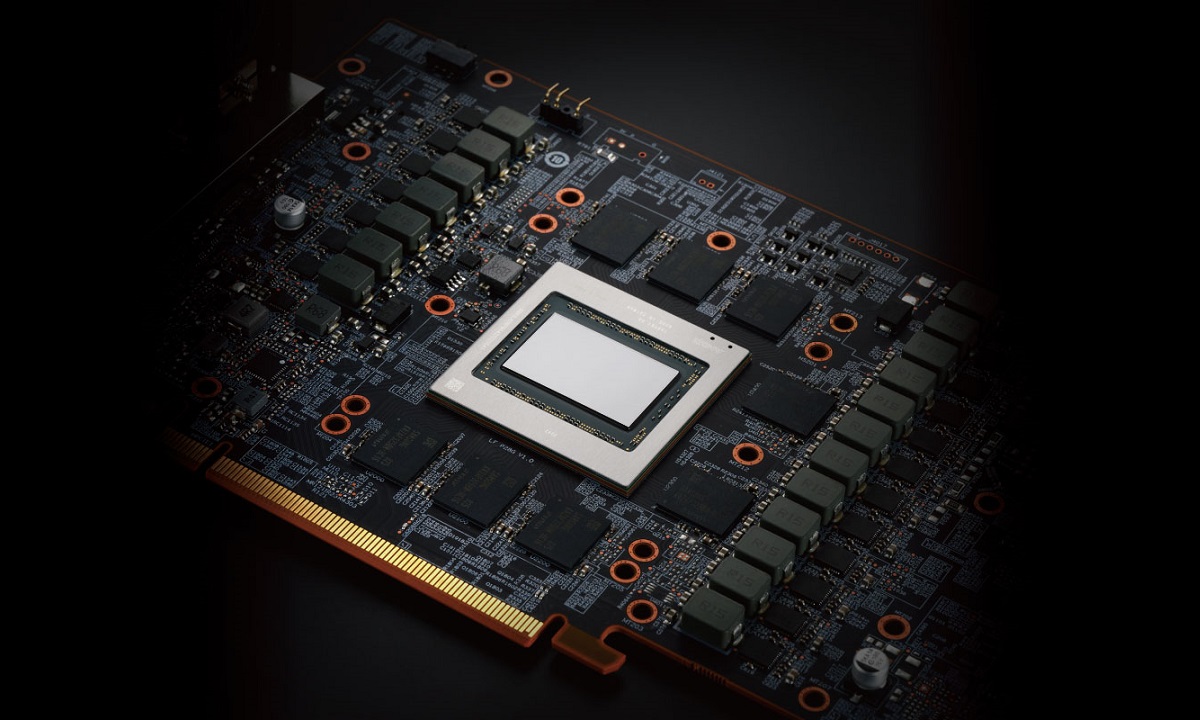Development ROCmthe platform, which provides GPU acceleration support for various professional tasks and is also open source, revealed the future existence of the GPU through its GitHub repository. Navi 48which will be based on the RDNA 4 architecture and will be implemented in at least one of the graphics models Radeon RX 8000.
No other official details are known about the Navi 48 GPU, not even which Radeon 8000 model it would correspond to, but at least a commit that appeared on the ROCm GitHub repository confirms its existence for now. Another known RDNA 4-based graphics processor (GPU) is the Navi 44, which is currently expected to match the future Radeon 8500.
Regarding the Navi 48, information is circulating that it is a more powerful GPU than the Navi 44, so it would be implemented in a higher-end graphics card. Navi 48 could reach the performance level of Navi 31, the GPU implemented in the RX 7900 XT and RX 7900 XTX graphics cards. If this turns out to be true, the hype surrounding AMD’s next generation of dedicated graphics would increase as the RDNA 4 architecture would not be used in the top-end models.
We remember that previous information indicated that RDNA 4 will be a commitment to mid-range and low-end graphics, while AMD will prepare a different architecture for high-end models. If the Navi 48 catches up to the Navi 31, that would mean Radeon’s upper mid-range will perform as well as its current flagship, which by the way doesn’t compete with NVIDIA’s GeForce RTX 4090, but the RTX 4080.


Another interesting thing about the Navi 48 is that it would be a more traditional chip, as it would consist of a fusion of two mid-level dies to save on manufacturing costs and improve on parts like performance and efficiency, allowing AMD to launch products more suitable for the mass market. One would expect to market such a chart beats the Radeon RX 7900 GRE at a price similar to what it currently has in the US market, between $400 and $500.
In addition to rasterization, RDNA 4 is expected to provide improving aspects such as ray tracing performance and including FidelityFX Super Resolution (FSR) processing using artificial intelligence. Despite AMD’s efforts, it is still clearly behind NVIDIA in terms of technology, and as long as it stays that way, the vast majority of gamers will continue to prefer GeForce graphics.
AMD has managed to further add to the mystery surrounding its future generation of dedicated graphics with the appearance of a Navi 48 GPU, as there was no Navi 38 or Navi 28 in previous generations of Radeon dedicated graphics. range, which leaves the outlook even more uncertain.
